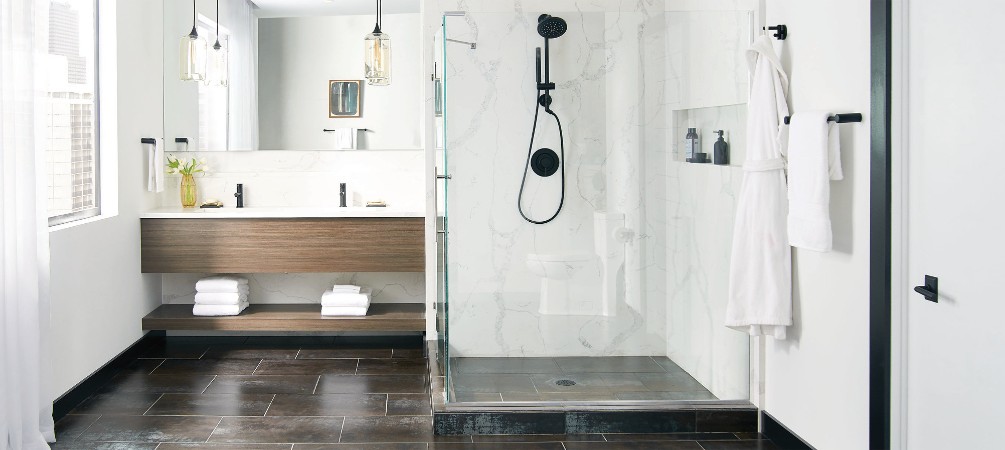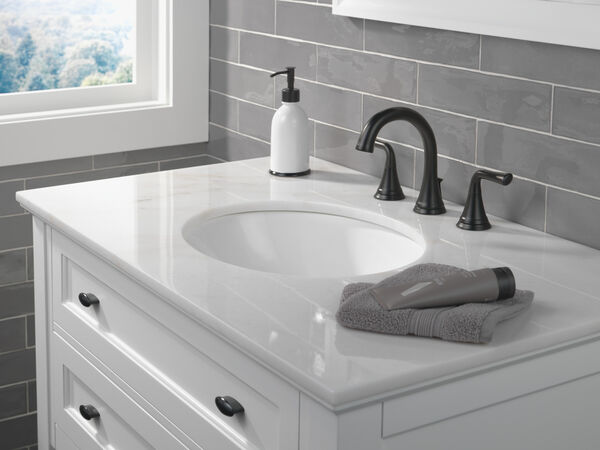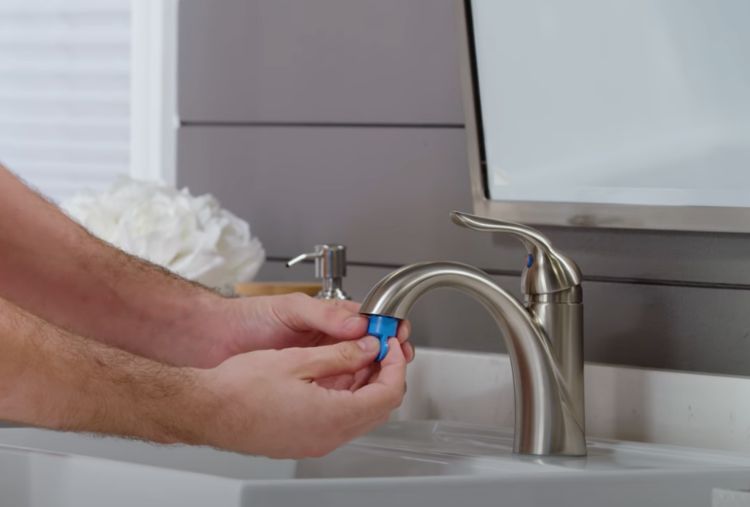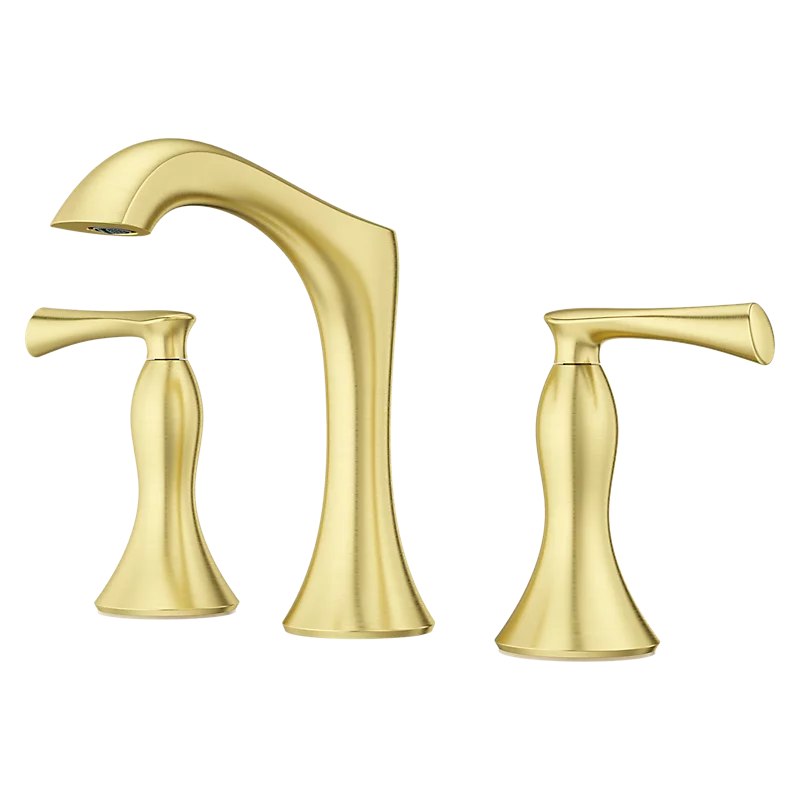Cabinetry
The right cabinetry and wood trim selections are key to maintaining a traditional style when you update a kitchen. Look for architectural details that are more ornate. Choose flush inset, framed or raised panel cabinets. Select an island with turned legs, which gives it a furniture-like touch. Common wood finishes for this look are dark and rich like walnut, cherry, mahogany or oak.
“The main place to keep the traditional feel is in the cabinets,” says Sara Chiarilli, owner of Artful Conceptions, an interior design firm in Tampa, FL. Using a raised panel design with a glaze is a great traditional style. “This works no matter what colors you use so if you are using a current color like a slate blue and add a pewter glaze to the cabinets, it gives a traditional feel.” If you have the space, traditional kitchens can feature an island with a different finish than the rest of the cabinetry.
What’s more, millwork supports that layered look associated with the traditional stylesuch as crown molding, custom toe kicks, wainscoting and a decorative hood over the oven or paneled covers that conceal appliances.

Flooring
The wood-look floor is perfect for the traditional kitchen typically in dark hardwood hues like walnut or cherry. This can be incorporated using a variety of materials appropriate for the kitchen including porcelain tiles, plank vinyl flooring and hardwoods. Wide plank tiles or rustic large terracotta-style tiles also give way to the traditional feel.


Traditional kitchen designs are warm and classic
They make you want to pull up a stool and hang out with the family. If you’re updating or remodeling and looking to retain or create a traditional feel, think of your style as cozy with elements of the English and French.
There’s a neutral backdrop—white, cream, grey or taupe—coupled with detail and ornamentation not seen in sleek, modern designs. “A kitchen designed in the traditional style is refined, layered in detail and subtle,” says Larry Greene, president and owner of Case Design/Remodeling in Indianapolis. Traditional kitchens tend to feature, dark but warm woods, stand-alone storage (cabinets, hutches, prep tables), and a lot of details.
If you’re considering a kitchen remodel, here’s how to upgrade your space keeping a traditional design:
Fixtures
Plumbing fixtures should take a cue from your traditional décor. You want to avoid shiny metals and stick with oil rubbed bronze, copper or brushed nickel for fixtures. Avoid streamlined hardware. Choose faucets and other hardware, such as cabinet pulls and light fixtures that have shape and detail. Fixtures should draw the eye. Traditional fixtures typically stand out rather than blend in unnoticed.

Accessories
Wicker accessories, delft ware and interesting collections (pie birds, cook books, pottery, etc.) are hallmarks of a colonial style kitchen, which also falls under the traditionalumbrella as does Victorian, more aptly described today as classic eclectic. “Victorians loved to show off their collections gathered from global travel, so while the heavy, old world woods and architectural details abound, Victorians liked to incorporate exotic and industrial elements,” says Paul Lada, owner of Platinum Kitchen Designs in Rochelle Park, N.J.
Lada says today’s homeowner might consider adding onyx counter tops, using cabinets and drawers that look like reclaimed wood pieces, incorporating black iron fittings, and real antique or faux antique tiles for back splashes.
The best advice for incorporating a traditional style while remodeling your kitchen is to think of it as a living room or dining room says Greene. “You want to include architectural details but you don’t want any one element to scream at you when you walk into the room.”






